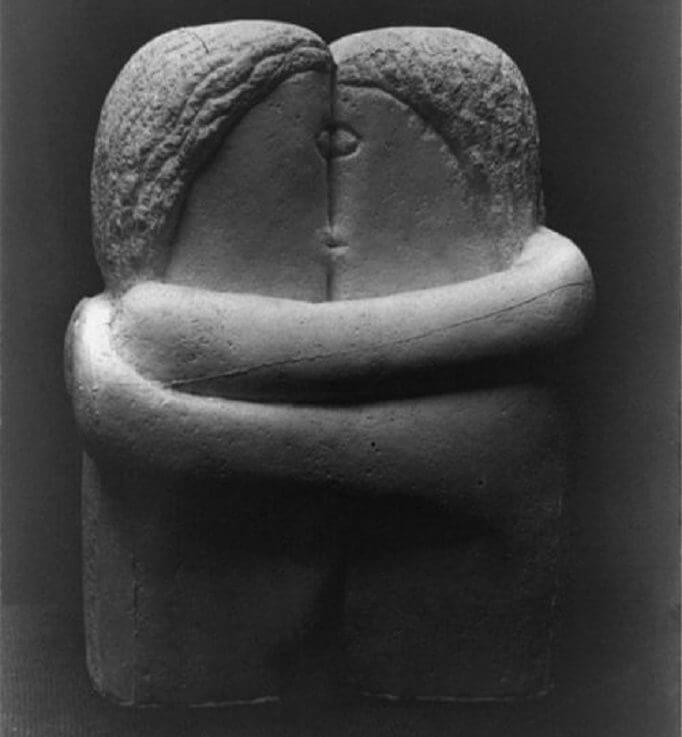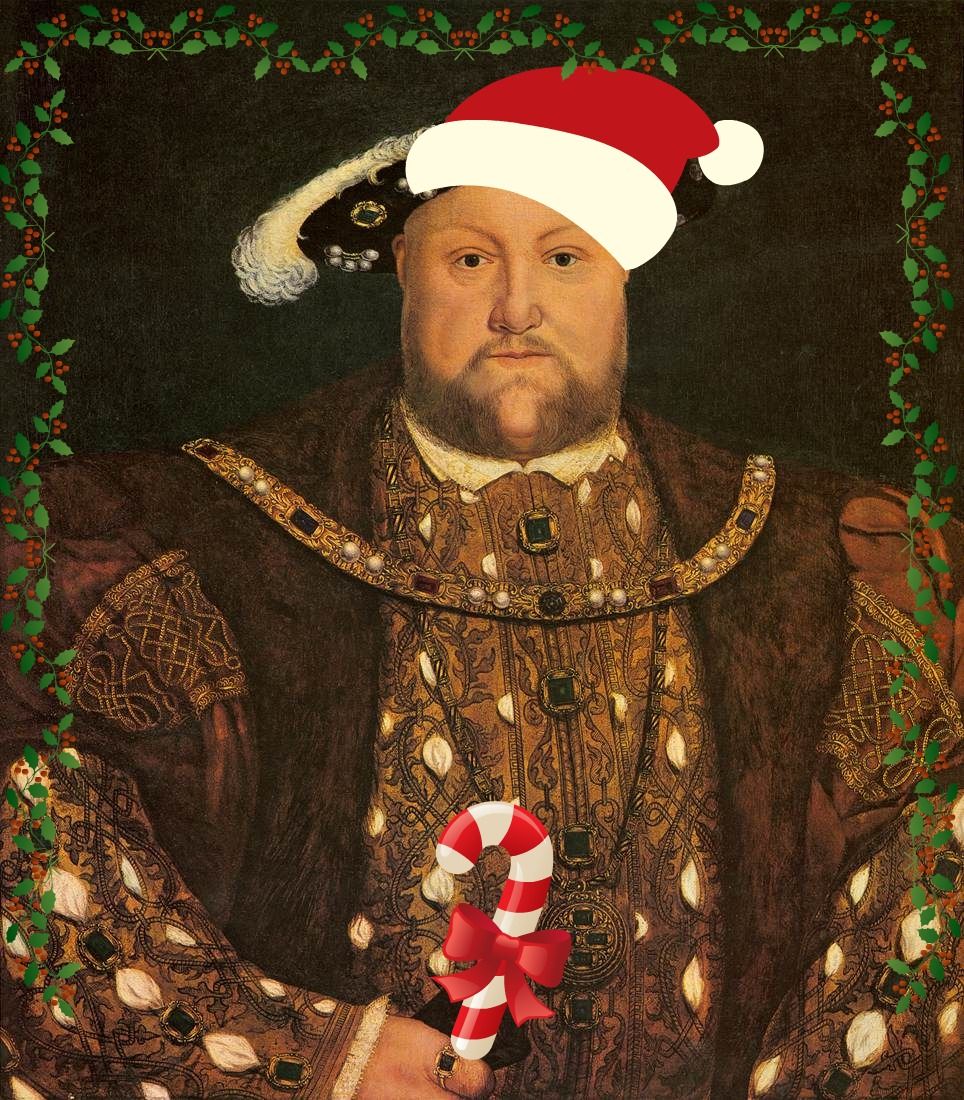“Roses are red, violets are blue”
People around the world now celebrate Valentine’s Day, but what are the origins of the 14th February festival of love? Although Valentine’s Day is not a public holiday anywhere, it is an important date for many people and the Feast day of Saint Valentine is observed by Anglican and Lutheran churches (and in July by the Eastern Orthodox church).
Great Britain has a large part to play in modern Valentine traditions, and the most recent origin story goes back to Geoffrey Chaucer and his poem The Parlement of Foules (The Parliament of Birds), “For this was on St. Valentine’s Day, when every bird cometh to choose his mate”. This is the first recorded association of Valentine’s Day with romantic love and was written to celebrate the first anniversary of the engagement of King Richard II (of England) to Anne of Bohemia.

However, this may not be all it looks to be, as Chaucer may have been referring to the feast day of St. Valentine of Genoa which was probably celebrated on 3 May, and there is no history or record of any tradition before Chaucer’s poem. Three other authors also wrote poems about birds mating on St. Valentine’s Day around the same time and it’s impossible to know who was first. The expression “love birds” is based on these poems, but only appeared in print in 1868 in Charles Dickens’ Bleak House (“Mr Guppy, going to the window tumbles into a pair of love-birds”).
There are many early Christian martyrs called Valentine, including Valentine of Rome and Valentine of Terni who are both celebrated on February 14th. Valentine of Rome was martyred in 269 and added to the calendar of saints in 496. His relics were kept in the church and catacombs of San Valentino in Rome which was an important site for pilgrimage until the relics were moved to another church.

Valentine of Terni became Bishop of Interamna (Terni) and was martyred in 273. There may even have been a third saint named Valentine. There are several legends about a Saint Valentine who was a priest of Rome and persecuted as a Christian and interrogated by the emperor Claudius II in person who tried to get him to convert to paganism. He was finally executed, but not before he is said to have performed a miracle by healing the blind daughter of his jailor, with whom he had fallen in love. Another legend is that he disobeyed the emperor’s orders by marrying young couples after marriage was forbidden as the emperor needed men to sign up for his army.
Part of the jail legend is that the night before Valentine was executed he wrote a letter to his love, Julia, finishing with the words “From your Valentine” making it the first Valentine’s card. A more likely contender for the first love card is Charles, the Duke of Orleans, who sent a love message to his wife when imprisoned in the Tower of London following the Battle of Agincourt in 1415 (you can see it in the British Museum). Another precursor of the Valentine’s Day card is the practice of introductory cards in Victorian Britain, as it was considered inappropriate to just walk up to a lady, so men would first present their cards.

Going back further in time, the ancient Roman fertility feast of Lupercalia may also have influenced the modern Valentine’s Day (although there is no evidence of this). Lupercalia was celebrated on February 13-15 near Lupercal, a cave in the Palentine Hill, where a wolf nursed Romulus and Remus (the legendary founders of Rome). During the celebration young men struck women with strips of wolf hide in the belief that they would become more fertile. The British took over these customs after being conquered in 43 BCE, gradually reshaping it into a local Christian festival.
These different threads seem to have come together in medieval Britain and more broadly in Europe (The Charter of the Court of Love was issued by Charles VI of France in 1400, describing a lavish festival with song and poetry competitions). The verse, “She bathed with roses red, and violets blew, and all the sweetest flowers, that in the forest grew”, is from Edmund Spencer’s The Faerie Queen from 1590, and eventually turned up in a collection of English nursery rhymes Gammer Gurton’s Garland in 1784:
The rose is red, the violet’s blue,
The honey’s sweet, and so are you,
Thou art my love and I am thine;
I drew thee to my Valentine:
The lot was cast and then I drew,
And fortune said it should be you
The British seem to have had a leading role in many modern Valentine customs, including the sending of cards, flowers, gifts and chocolate, and there are still local customs in some regions of the UK (such as the character ‘Jack’ Valentine who knocks on the rear door of houses in Norfolk, leaving sweets and presents for children).

For example, in 1868, the same year that Charles Dickens wrote about “love-birds”, Cadbury created Fancy Boxes (decorated boxes of chocolates) in the shape of a heart for Valentine’s Day. In the second half of the twentieth century, the practice of exchanging cards, and occasionally giving gifts like chocolate. The giving of chocolate is part of the ‘sweet magic’ that romance is supposed to evoke (and more of this can be seen in the 2000 film Chocolat, a good movie for the day itself). This practice has extended into a more general practice of giving gifts including flowers (which had long been associated with femininity and romance).
Flowers, and especially roses, are also associated with Valentine’s day. In ancient Rome roses were a symbol of secrecy and were hung on doors behind which secret meetings were taking place. Such meetings were said to be sub rosa (under the rose), while in other parts of the ancient world roses symbolized feminine beauty and love. The rose was also connected to Aphrodite, and it was her emblem of beauty taken from the blood of Adonis. This led to the symbolism of kisses as free, but secret, tokens of romance in the medieval period, strengthening the association with love and feminine beauty
Valentine’s customs first started to spread throughout the English-speaking world in the 19th century, and then later in the 20th century and into the 21st century to other countries, although it is not yet as global a celebration as Halloween or Christmas. These include East Asia, with Chinese and South Koreans reportedly spending more money on Valentine’s gifts than any other countries.
In China, the festival is called the lovers’ festival, although until late in the 20th century it had often been frowned upon (as in India). In Iran, Sepandarmazgan or Esfandegan is a festival where people express love towards their mothers and wives. In Israel, the modern Valentine’s festival is a transformation of Tu B’Av which is a now a second holiday of love and a popular day to pronounce love and propose marriage. In Japan and Korea, it is popular for women to gift chocolate to men, with men expected to return gifts one month later (14 March is ‘white day’). The return gifts should be more valuable, unless the man wants to send a signal that he is not interested. For Japanese, Christmas Eve is also an important romantic ‘date night’.
All around the world, love is celebrated, and increasingly 14th February is an important day for such celebrations. Wherever you are in the world, Happy Valentine’s Day on the 14th February and I hope love is in the air for you too!
REFERENCE
The History of the Kiss!: The birth of popular culture by Marcel Danesi







